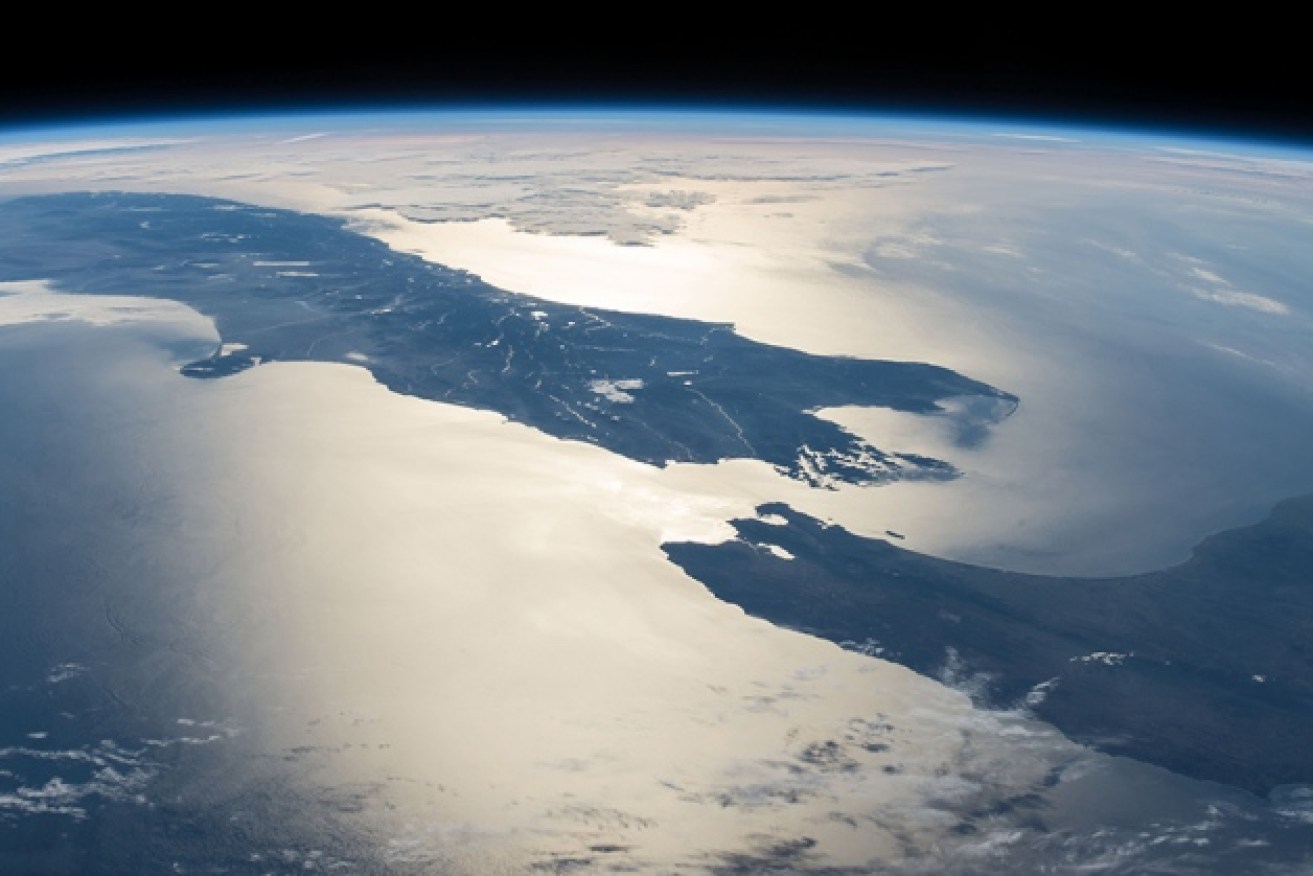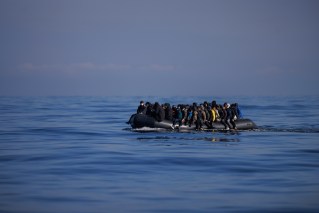Secrets of ‘lost seventh continent’ Zealandia revealed

Researchers say the submerged land mass underneath New Zealand qualifies as a continent. Photo: NASA/JSC
Scientists believe they have uncovered the secrets of the Earth’s long-lost seventh continent, and it is set to lead to a better understanding of how the planet’s climate and oceans work.
A research team of 32 scientists from 12 countries on board the special drilling ship JOIDES Resolution has docked in Hobart on return from a two-month expedition taking core samples in the South Pacific.
The mostly submerged continent Zealandia broke off from Australia and Antarctica 80 million years ago, and little has been known about how its plants and animals dispersed and evolved in the region.
The team from the International Ocean Discovery Program also collected 8000 new fossils that prove Zealandia was not always deep beneath the ocean.
“We’re finding animals that lived in shallow water 30 or 40 of 50 million years ago which are totally out of place when you look at the present day geography,” chief scientist Rupert Sutherland from the Victoria University of Wellington said.
Brad Clement from Rice University in Texas said the mission “reminds us that there is still a lot of basic exploration to do on our planet”.
“The ship gives us an opportunity to get our hands on sediment and rocks and ground truths as to what might be down there,” he said.
Only 4 per cent of Zealandia, which is roughly the size of India, is now above water, including New Zealand, New Caledonia and Norfolk Island.
The team has revealed the formation of volcanos known as the Pacific Ring of Fire about 50 million years ago caused dramatic changes in ocean depth, volcanic activity and buckled the seabed.
Professor Sutherland said the data would help understand how volcanos in the region changed the geography of Earth, as well as the impact on the climate.
“If you want to understand greenhouse climate, going back and looking at records of what the climate was like in the past is the way to understand green house climate systems,” Professor Sutherland said.
“Zealandia holds a fantastic record of those processes.”
The samples will be taken to Texas to be studied for several months before being permanently stored in Japan.
The expedition is the first of five drilling projects around Australia.

A simplified illustration of Earth’s tectonic plates and continents, including Zealandia. Photo: GSA Today
-ABC








